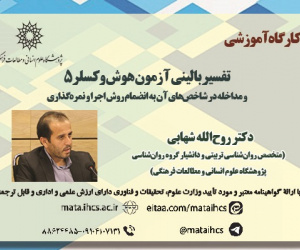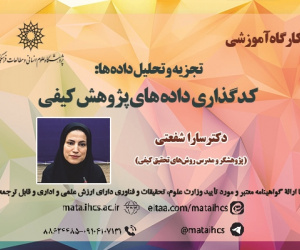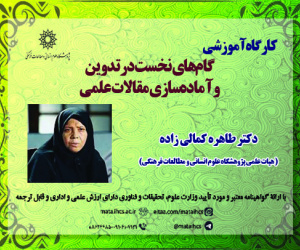تأسیس کرسی زبان عربی سر توماس آدامز در دانشگاه کمبریج؛ زمینه ها، موانع و دستاوردها (مقاله علمی وزارت علوم)
درجه علمی: نشریه علمی (وزارت علوم)
آرشیو
چکیده
کرسی زبان عربی در سال ۱۶۳۲ میلادی در دانشگاه کمبریج به اهتمام آبراهام ویلاک و توماس آدامز تأسیس شد که آغازگر مطالعه دانشگاهی زبان عربی در انگلستان محسوب می شود. سؤال اصلی نوشتار حاضر این است که کرسی زبان عربی دانشگاه کمبریج چرا و چگونه شکل گرفت و چه دستاوردهایی به همراه داشت؟ داده های این پژوهش از طریق روش های کتابخانه ای گردآوری شده و با استفاده از رویکرد توصیفی-تحلیلی مورد پردازش قرار گرفته است. پژوهش حاضر نشان می دهد که این کرسی در بستر زمینه های تاریخی موجود و شرایط نوپدید سده های شانزدهم و هفدهم میلادی و محرک های موجود در آن دوره شکل گرفت. عوامل متعددی ازجمله انگیزه های دینی و همبستگی یادگیری این زبان با تفسیر کتاب مقدس، تحولات فرهنگی و علمی، نیاز به مطالعات شرقی برای مقاصد اقتصادی و ارتباطات گسترده تر با دنیای اسلام زمینه تأسیس این کرسی بودند. کرسی زبان عربی سرتوماس آدامز کمبریج برای پویایی خود با موانع متعددی نیز روبرو شد. این موانع ناشی از شرایط حاکم بر فضای علمی انگلستان و وضعیت خاص دانشگاه کمبریج بود. برای مثال، نبود منابع معتبر و کافی، کمبود استادان متخصص و مقاومت های فرهنگی از جمله چالش های پیش روی این کرسی بود. با این همه، این نهاد علمی در بند موانع موجود باقی نماند و دستاوردهای قابل توجهی برای مطالعه دانشگاهی زبان عربی در انگلستان به همراه داشت.Establishment of the Sir Thomas Adams''''s Professor of Arabic at the University of Cambridge: Backgrounds, Obstacles, and Achievements
The Sir Thomas Adams''s Professorship of Arabic was established in 1632 at the University of Cambridge through the efforts of Abraham Wheelock and Thomas Adams, marking the beginning of academic Arabic language studies in England. The main question of this paper is: Why and how was the Sir Thomas Adams''s Professorship of Arabic at Cambridge University established, and what were its achievements? The data for this research was collected through library methods and processed using a descriptive-analytical approach. This study shows that the establishment of this chair was influenced by the existing historical context, new developments in the 16th and 17th centuries, and the motivations of that era. Various factors, including religious motivations and the connection between learning this language and the interpretation of the Bible, cultural and scientific developments, the need for Oriental studies for economic purposes, and broader interactions with the Islamic world, contributed to the founding of this Professorship. The Professorship of Arabic at Cambridge faced numerous challenges for its development. These obstacles were due to the prevailing academic environment in England and the specific circumstances of Cambridge University. For example, the lack of reliable and sufficient resources, shortage of specialized professors, and cultural resistance were among the challenges facing the chair. Nevertheless, this academic institution did not remain hindered by these challenges and brought significant achievements to the academic study of Arabic in England.









